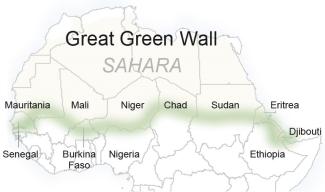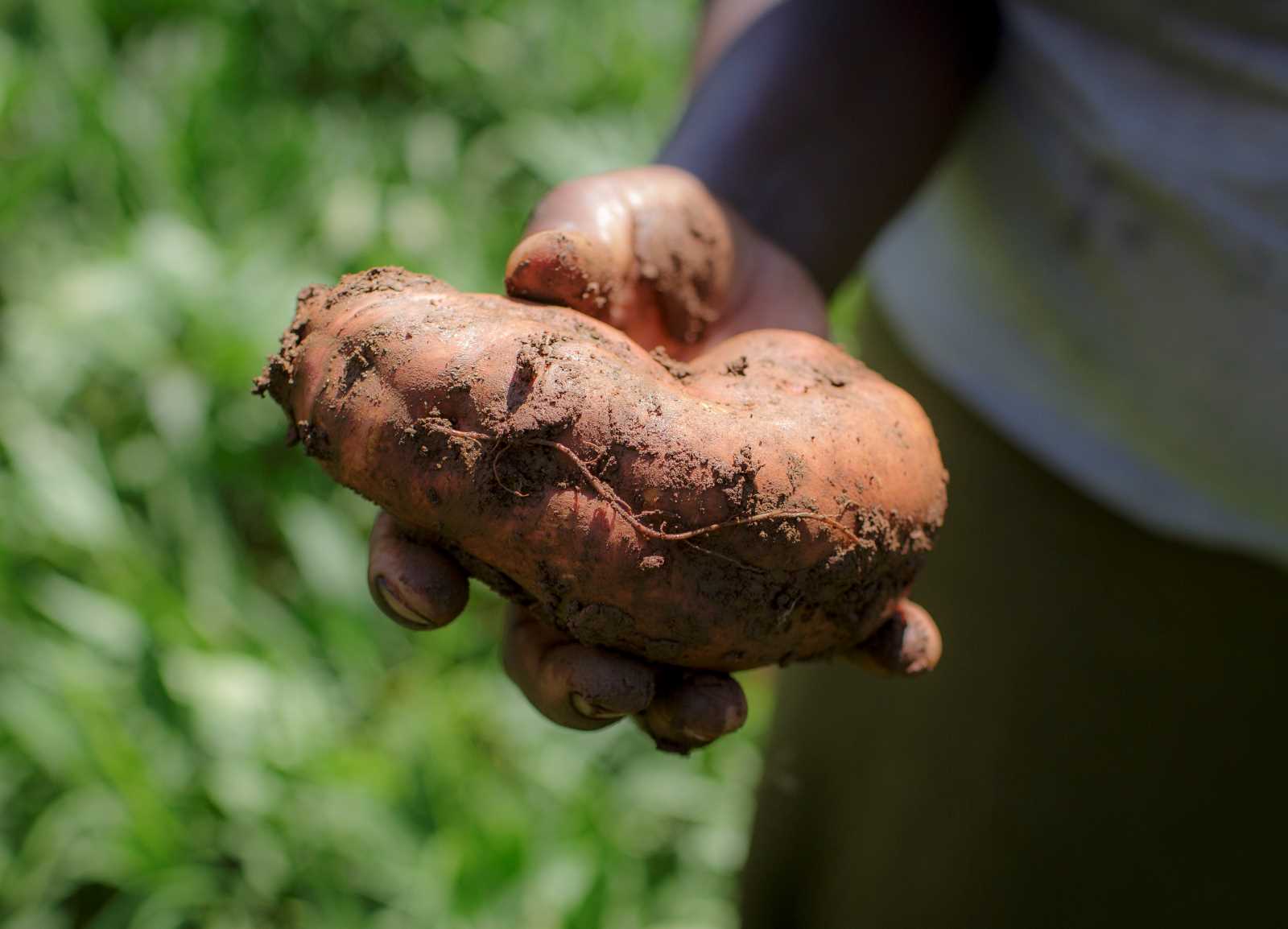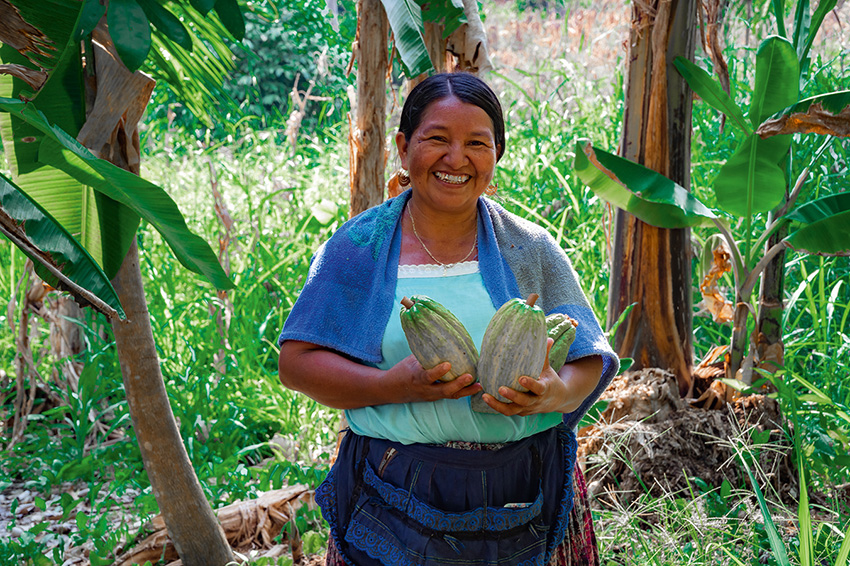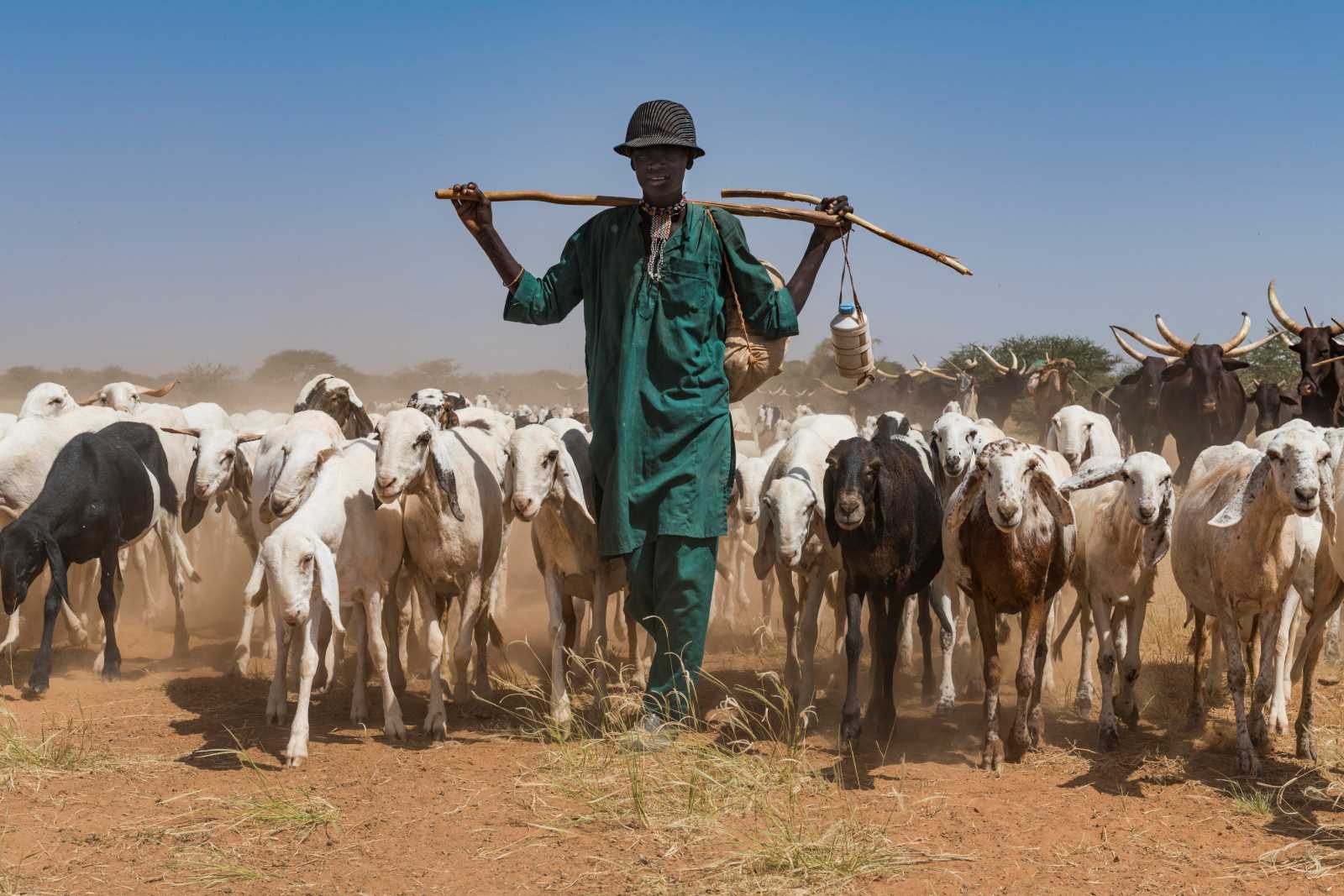Desertification
Involve the local people

An 8,000 kilometre long belt of trees is being planted from Senegal to Djibouti. It will be the so-called Great Green Wall (see box next page). So far, 15 % of the work has reportedly been done. Will this project stop the Sahara from expanding?
The idea of building such an 8,000 kilometre long, 15 kilometre deep wall is great. The undertaking has many implications, and stopping the desert sounds like an interesting target. However, the desert is not marching like human beings. The trees cannot stop the Sahara from expanding unless they are well maintained and become an integral part of a complex ecosystem that supports the economic and socio-cultural activities of the communities in the zone. That way, the local people must support the project. In Nigeria, however, we don’t see sufficient community buy-in so far. Over the years, the government has organised annual tree-planting exercises, but the people are not integrated in the process and don’t see why they should help to maintain the trees planted in those ceremonies. They regard it as a government project, not as their own. Another problem is that in some places, the trees are not local species, so they don’t survive under the given conditions or are simply not relevant to the people.
Did the tree-planting events start with the Great Green Wall project in your country?
No, it has been going on before. The Great Green Wall project has brought about more coordinated efforts at regenerating the vegetation in the belt. Why and how does desertification take place?
Well, desertification means that certain places change into deserts. That can happen anywhere. Here in Nigeria there are two main causes: climate change and poor management of the environment. This includes the management of irrigation systems. Climate change causes water stress and drought. Among the man-made factors, pastoralism and overgrazing matter most.
What are the impacts of desertification?
It causes internal migration by displacing people from their homes. The main reason is water stress: fertile lands are lost, and agriculture is severely restricted. I would call the affected people climate refugees. Take Lake Chad in north eastern Nigeria as an example: it is almost dried up – less than five percent of its original size remain. Thousands of farmers, fishers and pastoralists have become refugees and left the area. Others have lost their homes and economic means. The displacement is a contributory factor to the violent conflicts in the area and Nigeria’s middle belt (see Lea Diehl in D+C/E+Z e-Paper 2018/09, Monitor section).
What can be done to stop this trend?
The most important thing is that people need water, so watersheds must be protected. Tree-planting is crucial too. There are indigenous trees that are able to conserve water in the soil. Those species have to be used for the Great Green Wall. To make the project successful, local actions and knowledge must be utilised, and the local people must be fully integrated in the process of planning and execution of the project.
Can you give examples of such action?
Sure. Last year, two of the laureates of the Right Livelihood Award were recognised because they were able to restore dry lands. One of them is Yacouba Sawadogo, a farmer from Burkina Faso. He used a local technology or method called “zia” that involves stone ridges and the application of compost to grow a variety of trees and regenerate overall vegetation. The trees are now greening an area of Burkina Faso that would otherwise be semi-arid. The other person is Tony Rinaudo, an Australian agronomist and pioneer of farmer-managed natural regeneration. He brings roots back to life – it’s almost like magic. He works with local farmers to prune and bring roots in the soil back to life. It is as if we were walking on forests, there are dormant roots beneath our feet! Both methods are very sustainable and require little external inputs. They should be copied in other places.
Stopping desertification is not the only goal of the Great Green Wall. Which other effects are important?
I think the other goal is to make the region a vibrant area of a mix of economic activities. The Great Green Wall must generate such economic activities. It is designed to stimulate agriculture and make people manage the soil better. We have to restore small-scale farming. Large monocultures don’t help, they are environmentally destructive because they require so much water and chemical inputs. It is important that the Great Green Wall does not become a Great Green Plantation. If we don’t restore and support smallholder farming, the livelihoods of most local people will keep deteriorating, and they will not see any reason to get involved in environmental action. So, in the end, it depends on how it is done. A Great Green Wall consisting of a monoculture of exotic or even genetically engineered trees will be absolutely worthless. But if it’s done right, the wall will be very useful. Done well, it’ll be direct economic and climate action, with masses of people involved. We are both hopeful and cautious.
Nnimmo Bassey directs the Health of Mother Earth Foundation (HOMEF), a non-governmental Nigerian ecology think tank.
nnimmo@homef.org
http://www.homef.org/












